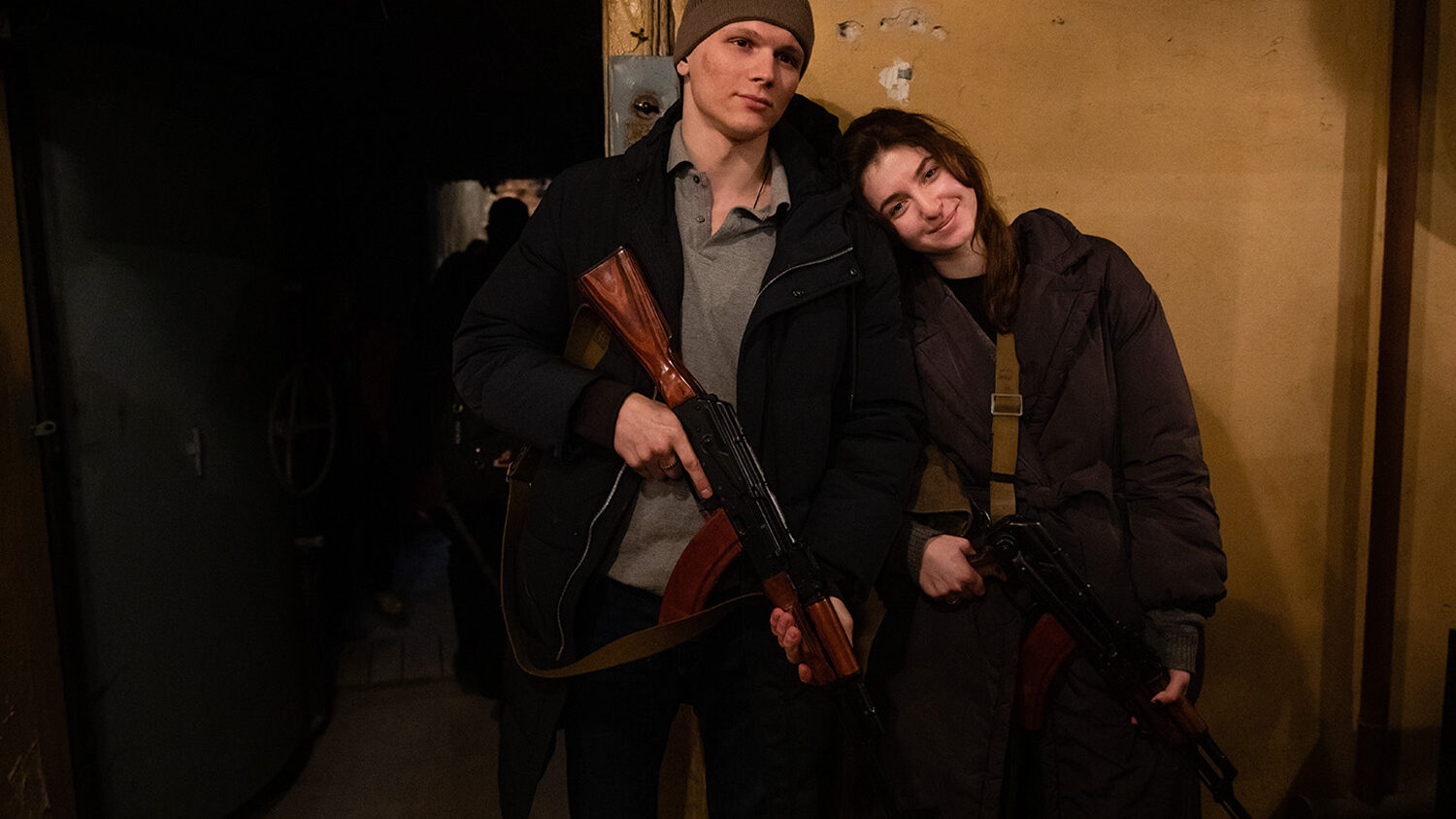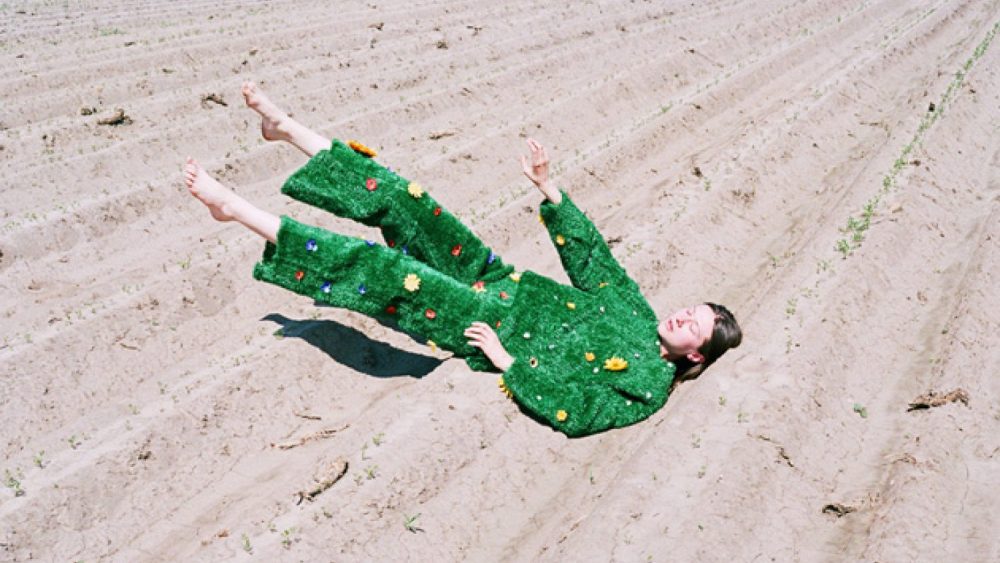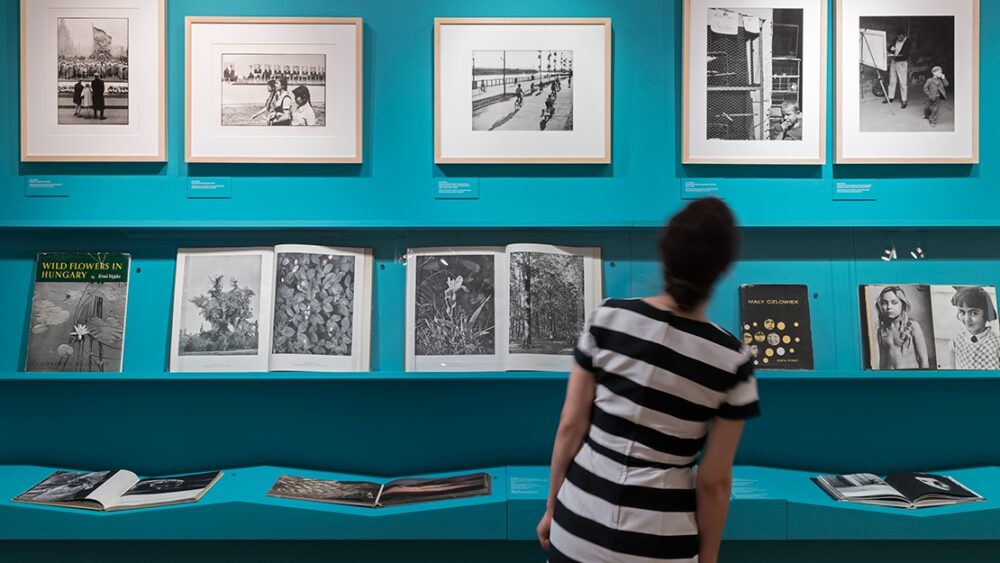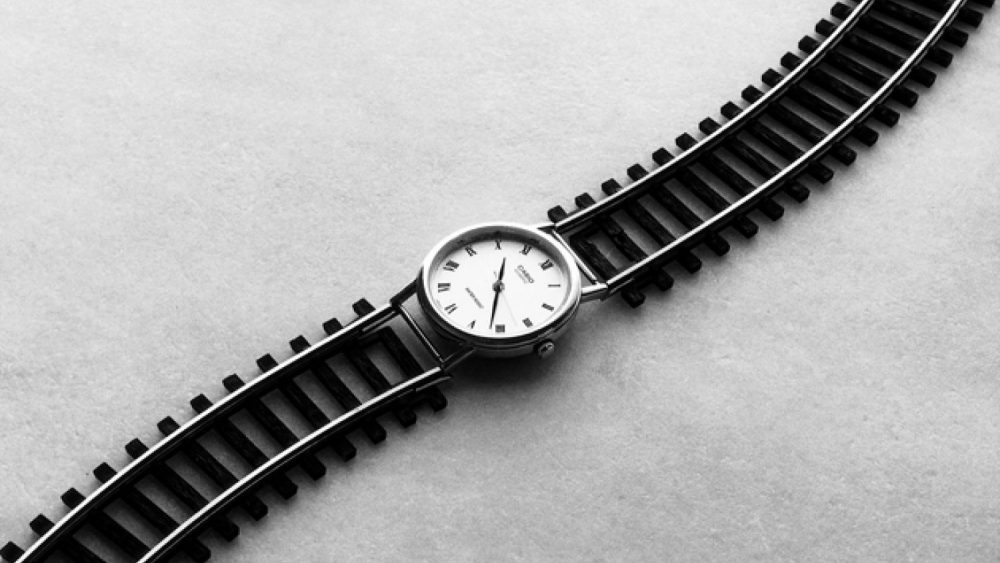The Best in East/North European Photography in 2022
Sergiy Lebedynskyy, photographer, director of the Museum of Kharkiv School of Photography, Ukraine/Germany:
After russian invasion on the 24th of February I was completely focused on the events in my homeland. And the same can be said about photography. Here I would like to mention the work of my friend Vladyslav Krasnoshchok, who stayed in Kharkiv during the siege by russians. Despite the daily shelling and overall difficult situation he continued to make incredible pictures.
Also, I would like to point out the work by Oleksandr Chekmenev, who has made the portraits of people in Kyiv’s metro during the very first days of the war. It was very difficult simply to get from one part of the city to another one. To manage to make such a series is incredible. Vlad and Oleksandr and many others who continued to work are real heroes in my eyes. They all are facing and capturing the newest history of our country.
Marketa Kinterova, editor of Fotograf Magazine, Czech Republic:
The most profound experience for me was the talk by Kateryna Radchenko within Rencontres Arles, curator and director of the Odessa Photo Days, who gave a lecture under the title The Power of the Archive. One of the crucial aspects was to look at the Russian invasion from the point of view of photographic archives. In shortcut – if you erase archives from the face of the earth, you erase its historical memory. Such a message, reinforced by the loss of data from Kateryna’s computer, struck me deeply.
Speaking of archives, the multi-year project called Secondary Archive is adding more former Eastern Bloc countries to their curated section, offering an overview of the most interesting women artists in contemporary art. Photography has its irreplaceable place. I find Secondary Archive to be an inspiring and well organised resource for finding female artists who might be overlooked through conventional structures.
Tadas Kazakevičius, photographer, Lithuania:
I think at this particular time the most amazing event here for me around this region is the Steidl’s already 4th book of Antanas Sutkus’ work, which is focused on his street photography.
Grzegorz Jarmocewicz, director of Interphoto festival, Poland:
Due to the extraordinary number of projects and the enormous diversity of contemporary photography, and at the same time its immediate and global distribution through web-based channels, it is probably impossible for anyone to unequivocally single out one best project, book, or activity related to photography. Any indication will be burdened with the stigma of subjectivity. My personal choice is the presentation of the project Mellow Apocalypse, by Latvian artist Alnis Stakle, which took place at Siauliai Art Gallery, Lithuania in May 2022. The project consisted of unusual, multithreaded collages created by the artist with the help of algorithms. They are a reflection of recurring social ideals over many centuries of human civilization. They also point out, on the one hand, the need to go beyond the boundaries established by the institutionalization of art and the guidelines of critics, and, on the other hand, draw attention to the ubiquitous excess of images in our world. Not only have we become a pictorial society that has abandoned the word in favour of the image, but in addition, we lack the ability to use the media and its messages. And this is the direct reason for our involuntary submission to all sorts of visual, political, and social manipulation.
István Virágvölgyi, curator at Robert Capa Centre, Hungary:
Orshi Drozdik’s art, which embraces feminist critique, has rightly been in the spotlight this year, with a solo exhibition of her work, including her 1970s self-nudes, at Mai Manó House in Budapest, an album of her work was published and Einspach Fine Art & Photography Gallery dedicated its entire booth to Drozdik’s work at Frieze Masters and Paris Photo.
The Capa Grand Prize winner Éva Szombat’s book I Want Orgasms, Not Roses was published at Paris Photo by Kehrer Verlag. This interestingly kitschy and very contemporary sexual manifesto is definitely worth a look.
Italian photographer Pietro Marubi captured the political, cultural and social life of the nineteenth-century Albania. The director of the Marubi National Museum of Photography (Shkodër, Albania) Luçjan Bedeni curated an interesting show of Marubi’s oftentimes strange scenes at the Ethnological Museum in Pristina, Kosova as part of Manifesta 14.
It is important to highlight that an excellent image maker from the region has been selected as one of the Foam Talent 2022 authors, Kata Geibl.
Branislav Stepanek, curator, photographer, Slovakia:
Any projects that helped the people of Ukraine during the war, regardless of using photography or not, by providing humanitarian relief, raising funds, or organizing cultural cooperation, deserve our acknowledgment. From the photographic perspective, war reportage from Ukraine, supported by world press agencies as well as smaller local independent organizations such as Odesa Photo Days, and many exhibitions and events that emerged, helped the general public understand the true horrors of the aggression.
The other project I want to mention is the internet journal of Slovak photography named Document Magazine. The journal already started in 2021, but its further development during 2022 made it a stable (and hopefully long-term) contribution to contemporary photography. It mainly features contemporary and historical artist portfolios, exhibition reviews as well as theoretical writings. Kudos for the photographer and cultural manager Jan Viazanicka who summoned his energy to bring the journal to life.
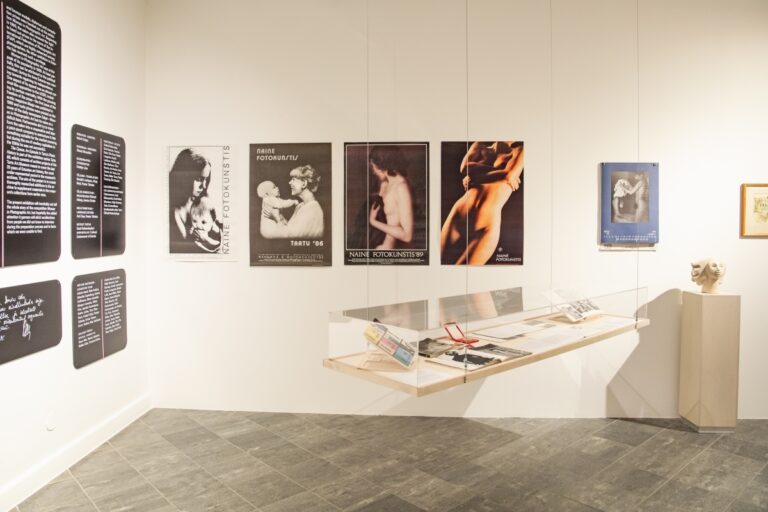
Alise Tīfentāle, art critic, Latvia/USA:
One project that aligns with my own research interests is the exhibition The Queue. An Episode in Tartu’s Photo History, curated by Indrek Grigor at the Tartu Art Museum, Estonia. It brings up an awkward moment in the late 1980s when creative photography in Estonia (similar to Latvia and other regions of the late USSR) was still largely shaped by the infrastructure of oppressive photo clubs, yet some photographers were seeking for “freedom in expression” and found it in openly misogynistic and exploitative depictions of the female body. How on earth did this sad Soviet erotica pass as a sign of “liberation”? I think this is the right time to ask questions like this.
Maria Kapajeva, artist, Estonia:
The best in the worst situation for me this year were the works of Ukrainian photographers, who despite the absolute nightmare they woke up on February 24th, still continued to be active in their practices, trying to show what is happening in their country while war took over every possible corner of it. Some of them, who were not in Ukraine, tried to support their own country in whichever way is possible and continued to speak up about the horror in their works. I don’t think I can really name one event but I have been introduced to so many great talents from Ukraine, whose work I didn’t know before or whom I have re-discovered for myself. To name just a few, they are: Maria Kazvan, Eva Dzhyshyashvili, Victoria Likholyot, Masha Pryven, Katerina Motylova, Maria Petrenko, Elena Subach, Kateryna Lesiv and also such artists as Olia Mykhailiuk, who is, as myself, part of the current exhibition Decolonial Ecologies in Riga, and Polina Kuznietsova, with whom I made a video work Warm clothes while she was still in Estonia as a war refugee.
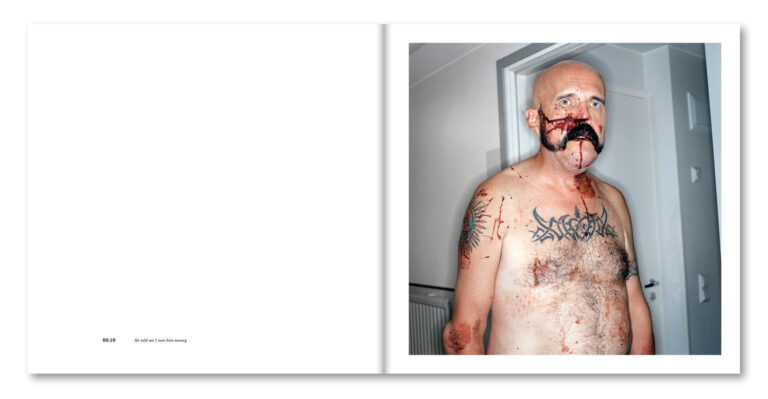
Arnis Balčus, photographer, editor of FK Magazine, Latvia:
I was really fascinated by the series Battered by the Finnish photographer Harri Pälviranta that were recently published by Kult Books in Sweden. It is a series of portraits of people who have been victims of street violence in Finland. The book itself is quite unpretentious – traditional design and simple layout, however the images are beautiful, striking, monumental and emotionally resonant. Great project, great book!
Kati Kivinen, Head of Exhibitions at HAM, Finland:
I really enjoyed encountering Joanna Piotrowska’s enigmatic and captivating black and white photographs from the series Self Defence at the 16th Biennale de Lyon: Manifesto of Fragility. Piotrowska’s subtle yet expressive studies of human relations and their bodily expressions commented in a beautiful way the main theme of the biennial, conceiving vulnerability as a foundation for empowerment in our current existence, instead of seeing it simply as a sign of weakness. Piotrowska’s works where shown in the most curious venue, at the Lugdunum Musée et théâtres romains, a 1970s masterpiece of sci-fi influenced concrete brutalism by architect Bernard Zehrfuss.
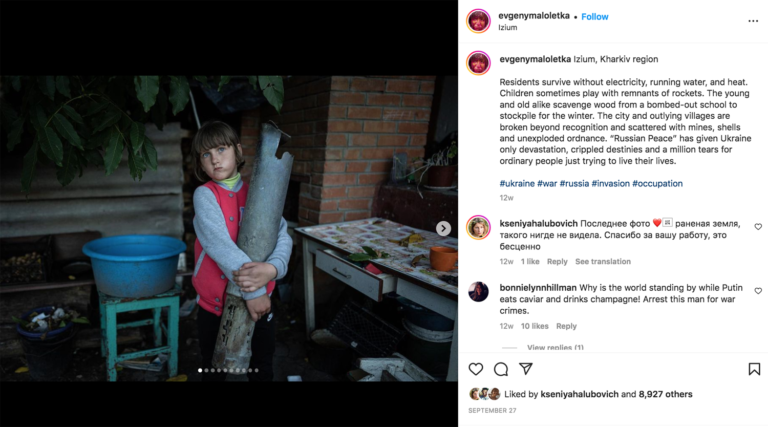
Rafal Milach, photographer, Poland:
I would highlight all Ukrainian photographers, curators and visual related initiatives responding to the Russian invasion of Ukraine. We need various forms of representation of this conflict predominantly built by the Ukrainian visual storytellers to keep the discourse alive, advocating for Russia’s withdrawal from the invaded territories and making global public aware of the situation. The only kind of photography I’m currently interested in is the one that is strongly commenting or building a critical discourse around various problems we have to face. The photogrpahy that is socially useful, relevant, open for coexistence with non-photographic initiatives, circulated in alternative platforms outside of neoliberal editorial market, advocating for change. Being from eastern Europe, I can’t see any other factor that has been so dominant this year not only in terms of photography but in wider context where photography has been used advocating for human rights, building important testimonies, giving the voice to the communities, being the tool in the information war etc. I’m glad that Ukrainian photographers got so much space in the international scene and I hope this is not just a short-term war related trend. There are so many talents that deserve worldwide attention.
–
Cover photo – Mikhail Palinchak, Ukraine
